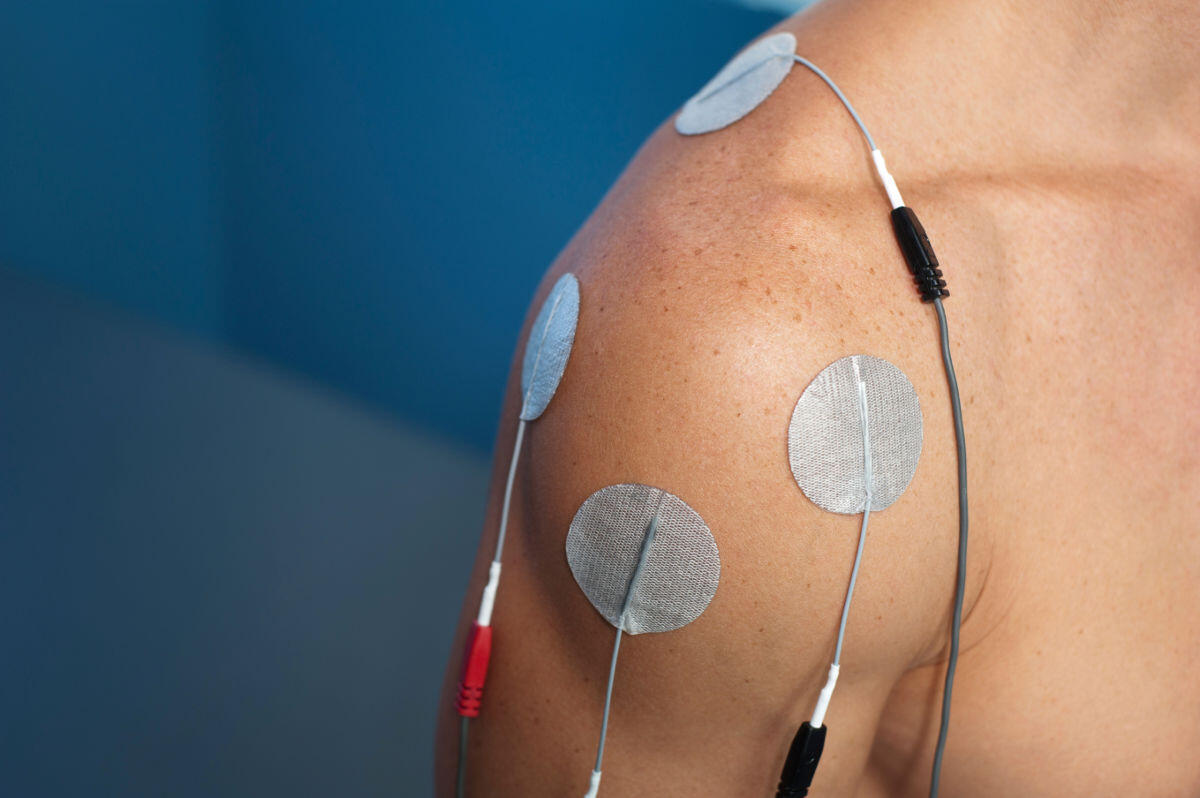
Electrotherapy stimulators have been around for decades, but how much do you really know about them? These devices use electrical impulses to treat pain, improve muscle function, and even aid in recovery. Electrotherapy can be a game-changer for athletes, chronic pain sufferers, and those undergoing physical therapy. But what exactly makes these gadgets tick? From their origins in ancient Rome to their modern-day applications, there's a lot to unpack. Whether you're curious about how they work, their benefits, or their history, this guide will provide you with 40 intriguing facts. Ready to electrify your knowledge? Let's get started!
What is Electrotherapy?
Electrotherapy involves using electrical energy to treat medical conditions. It's a broad field with various applications, from pain relief to muscle stimulation. Let's dive into some fascinating facts about electrotherapy stimulators.
-
Electrotherapy has ancient roots. Ancient Egyptians used electric fish to treat pain over 4,000 years ago.
-
Luigi Galvani's discovery. In the 18th century, Luigi Galvani discovered that electrical currents could cause muscle contractions in frog legs.
-
TENS units are popular. Transcutaneous Electrical Nerve Stimulation (TENS) units are commonly used for pain relief.
-
Muscle re-education. Electrotherapy can help retrain muscles after injury or surgery.
-
Chronic pain management. Many chronic pain sufferers find relief through electrotherapy.
-
Portable devices. Modern electrotherapy devices are often small and portable, making them convenient for home use.
-
FDA approval. Many electrotherapy devices are FDA-approved for safety and efficacy.
-
Non-invasive treatment. Electrotherapy is a non-invasive treatment option, avoiding the need for surgery.
-
Customizable settings. Users can often adjust the intensity and frequency of the electrical impulses.
-
Sports recovery. Athletes use electrotherapy for faster recovery from injuries.
How Does Electrotherapy Work?
Understanding the mechanics behind electrotherapy can help appreciate its benefits. Here's how it works:
-
Electrical impulses. Electrotherapy devices send electrical impulses through electrodes placed on the skin.
-
Nerve stimulation. These impulses stimulate nerves, which can block pain signals to the brain.
-
Endorphin release. Electrotherapy can trigger the release of endorphins, the body's natural painkillers.
-
Improved circulation. Electrical stimulation can increase blood flow to the treated area.
-
Muscle contractions. Electrotherapy can cause muscles to contract, which can help with muscle strengthening.
-
Reduced inflammation. Some studies suggest electrotherapy can reduce inflammation in injured tissues.
-
Pain gate theory. Electrotherapy may work by closing the "pain gate" in the spinal cord, preventing pain signals from reaching the brain.
-
Frequency matters. Different frequencies can have different effects, from pain relief to muscle stimulation.
-
Electrode placement. Proper electrode placement is crucial for effective treatment.
-
Safety first. Always follow the manufacturer's guidelines to ensure safe use.
Benefits of Electrotherapy
Electrotherapy offers a range of benefits, making it a versatile treatment option. Here are some key advantages:
-
Pain relief. Electrotherapy is widely used for managing both acute and chronic pain.
-
Muscle strengthening. It can help strengthen weak muscles, especially after injury or surgery.
-
Improved mobility. Electrotherapy can enhance joint mobility and flexibility.
-
Reduced muscle spasms. It can help relax muscles and reduce spasms.
-
Enhanced healing. Increased blood flow can promote faster healing of injured tissues.
-
Non-addictive. Unlike some pain medications, electrotherapy is non-addictive.
-
Few side effects. Most users experience minimal side effects, such as mild skin irritation.
-
Cost-effective. Over time, electrotherapy can be more cost-effective than ongoing medication or surgery.
-
Convenience. Portable devices allow for treatment at home or on the go.
-
Versatility. Electrotherapy can be used for a variety of conditions, from arthritis to sports injuries.
Types of Electrotherapy Stimulators
There are several types of electrotherapy stimulators, each with unique applications. Let's explore some of the most common ones:
-
TENS units. These are primarily used for pain relief by stimulating nerves.
-
EMS devices. Electrical Muscle Stimulation (EMS) devices target muscle contractions for strengthening and rehabilitation.
-
IFC therapy. Interferential Current (IFC) therapy uses high-frequency currents to penetrate deeper tissues.
-
Microcurrent therapy. This uses very low electrical currents to promote healing at the cellular level.
-
Russian stimulation. A type of EMS that uses medium-frequency currents for muscle strengthening.
-
Iontophoresis. This technique uses electrical currents to deliver medication through the skin.
-
High-Voltage Pulsed Current (HVPC). Used for wound healing and pain management.
-
Galvanic stimulation. Uses direct current for tissue repair and pain relief.
-
Functional Electrical Stimulation (FES). Helps restore function in paralyzed muscles.
-
Neuromuscular Electrical Stimulation (NMES). Similar to EMS but often used for more specific medical conditions.
The Power of Electrotherapy Stimulators
Electrotherapy stimulators have revolutionized pain management and rehabilitation. These devices offer a non-invasive, drug-free alternative for treating various conditions like chronic pain, muscle atrophy, and even stress. With advancements in technology, electrotherapy has become more accessible and effective, making it a go-to option for many.
Understanding the different types of electrotherapy, such as TENS, EMS, and IFC, can help you choose the right device for your needs. Always consult a healthcare professional before starting any new treatment to ensure it's safe and effective for you.
Incorporating electrotherapy into your routine can significantly improve your quality of life. Whether you're an athlete looking to enhance performance or someone dealing with chronic pain, these devices offer a promising solution. So, why not give electrotherapy a try and experience the benefits for yourself?
Was this page helpful?
Our commitment to delivering trustworthy and engaging content is at the heart of what we do. Each fact on our site is contributed by real users like you, bringing a wealth of diverse insights and information. To ensure the highest standards of accuracy and reliability, our dedicated editors meticulously review each submission. This process guarantees that the facts we share are not only fascinating but also credible. Trust in our commitment to quality and authenticity as you explore and learn with us.
